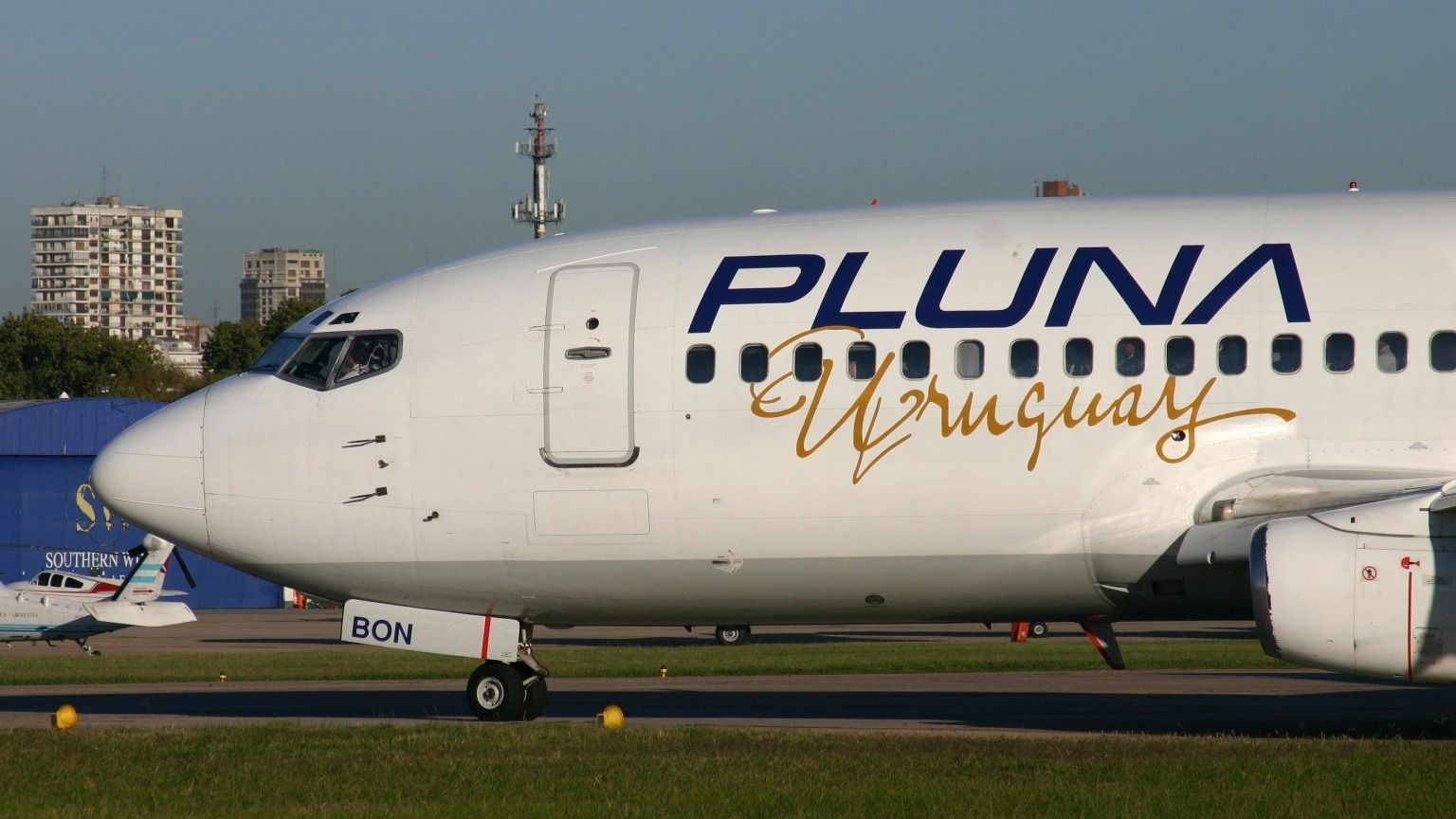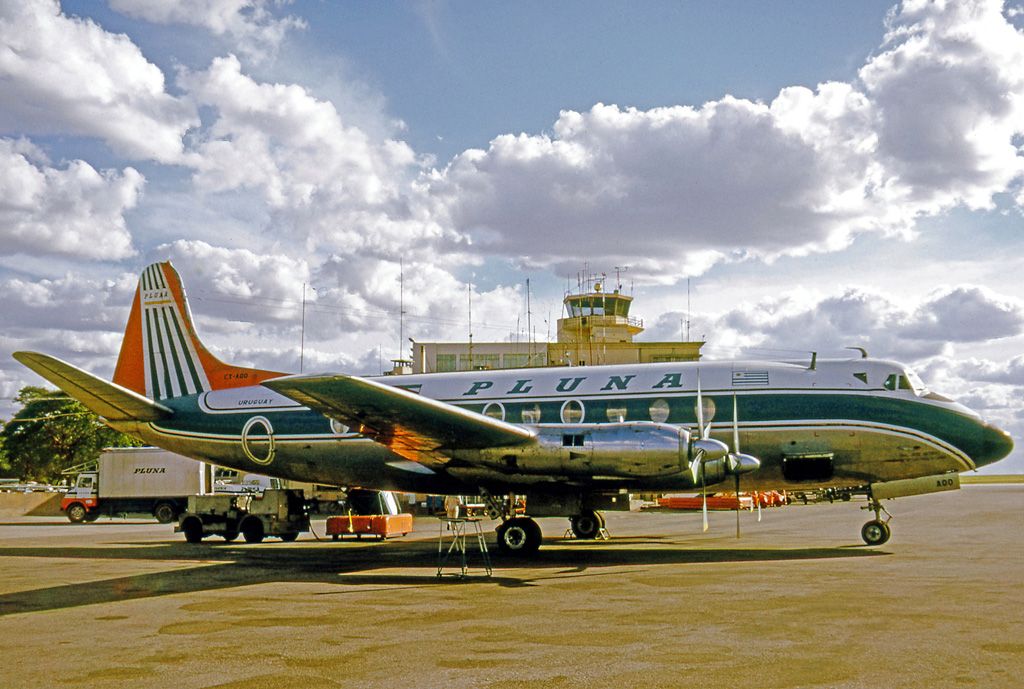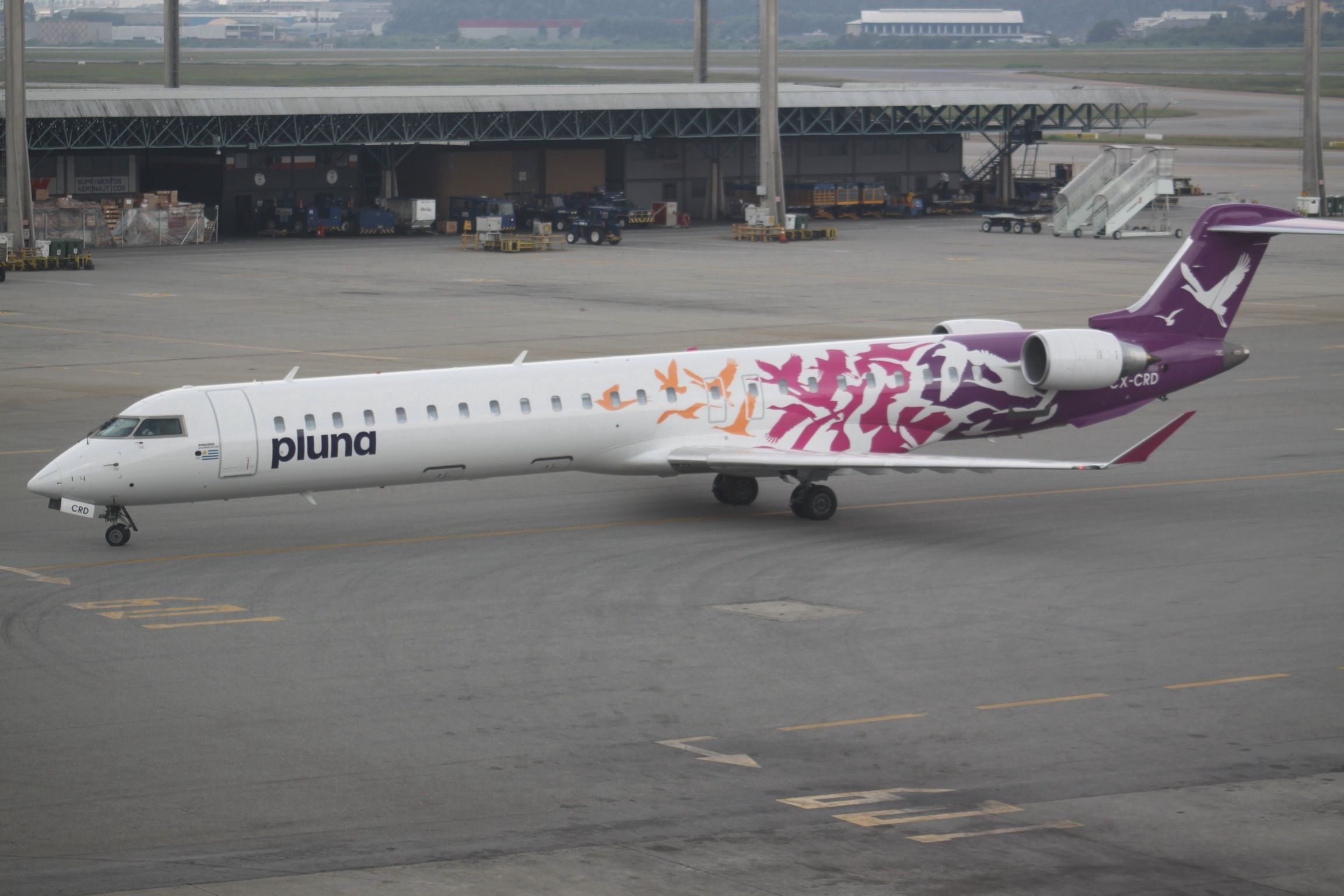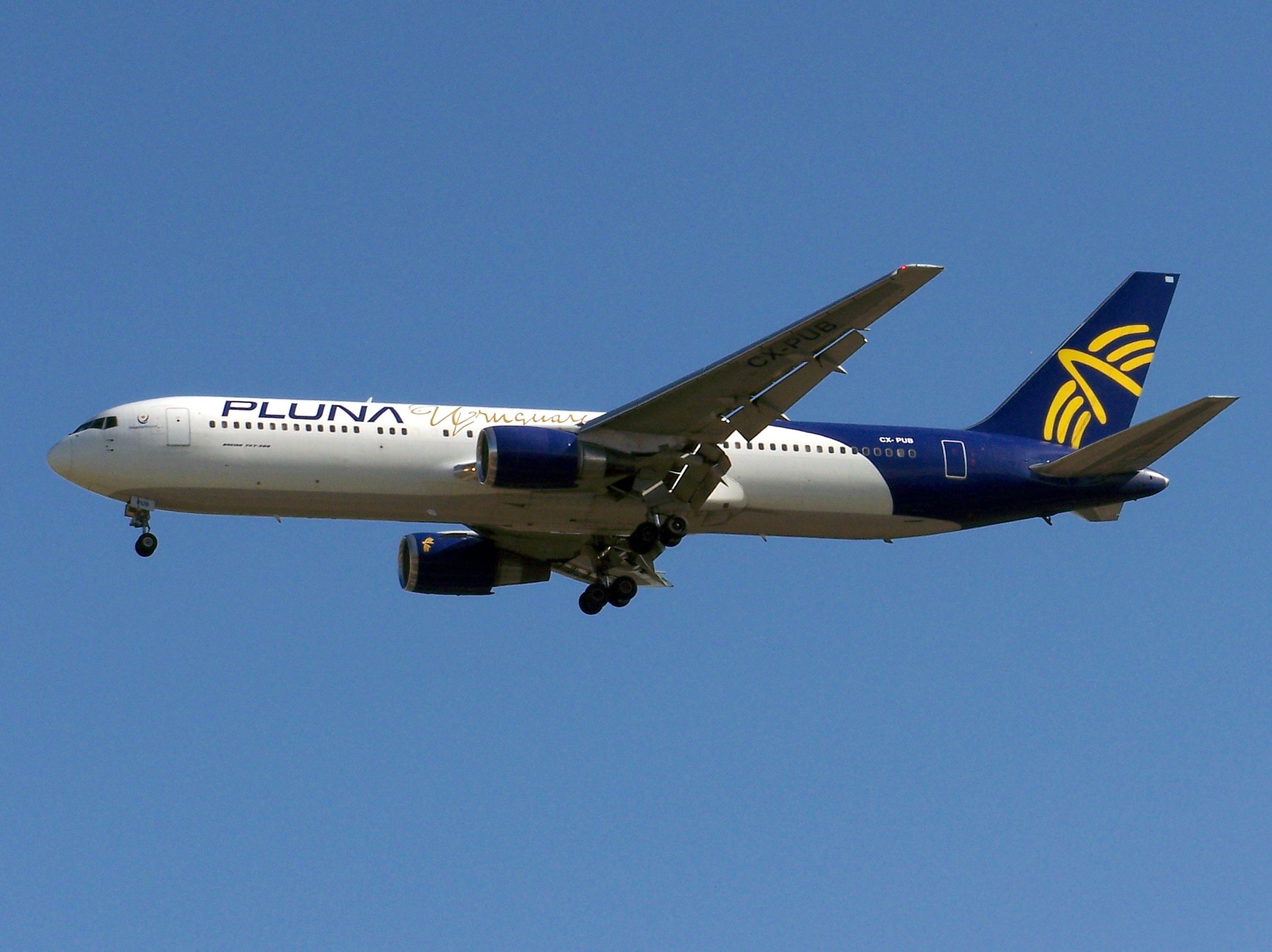Summary
- PLUNA, Uruguay's former national airline, started strong in 1936 with success in passenger and cargo services.
- The airline experienced growth and decline over the years.
- PLUNA expanded its network with aircraft like the Boeing 707 and 737 but faced mounting debts before suspending operations.
Primeras Líneas Aéreas Uruguayas de Navegación Aérea, better known simply as PLUNA, commenced operations on November 19th, 1936. Uruguay's national airline operated passenger and cargo services across the country and South America. However, the company ceased operations in the summer of 2012, closing its history and leaving Uruguay without a flag carrier ever since.
A strong start
Brothers Jorge and Alberto Márquez Vaesa formed the airline in September 1936. They chose the name PLUNA as an acronym for Primeras Líneas Uruguayas de Navegación Aérea (First Uruguayan Air Navigation Lines). A pair of de Havilland Dragonflys helped get operations going between Salto and Paysandú. The initial year was a success, with 2,600 passengers, 20,000 parcels, and 70,000 newspapers carried.
Progress continued throughout the decades, with Douglas aircraft joining the fold. These planes helped the airline's network to expand to Uruguay's neighbors. Destinations such as Santa Cruz, Bolivia, Porto Alegre, Brazil, and Buenos Aires, Argentina, were all on the route map by the time the 1940s were over.
There would be a significant transition in the 1950s marked by nationalization in November 1951. Growth started to slow down, but the network continued to develop, with the likes of São Paulo being added.
Nonetheless, activity soon picked up again following the arrival of commercial jets. PLUNA took on both the Boeing 707 and 737, heading to destinations such as New York and Miami with these narrowbodies. The rise continued into the 1980s, with the airline even flying as far as Europe.
Industry woes
Yet, there was another turn in the 1990s due to rising financial struggles. As a result, the company sold over half its shares to Tevycom, a consortium from Argentina.
There was a series of additional ownership changes, and by the time the new millennium was in full swing, the Uruguayan government and Brazilian airline Varig each held a 49% share. However, Varig entered Chapter 11 bankruptcy protection in June 2005, leading to more worries and responsibilities for the government.
Stay informed: Sign up for our daily and weekly aviation news digests.
The decline
Debts were mounting heading into the 2010s. For instance, in 2008, Uruguayan national oil company ANCAP announced that it had cut off fuel supply to PLUNA due to unpaid dues. In 2012, the airline's CEO, Matthias Campiani, shared concerns about the airline's potential collapse.
Notably, there had been troubles since the renationalization of Aerolineas Argentinas in 2008. As it happened, 21% of the carrier's international seats were to Argentina. This factor, combined with several other political transitions, caused significant challenges for the airline.
“PLUNA’s troubles appear to have been mounting recently as local news reports indicated the Uruguayan Government aimed to seek new private investors for the carrier as it recorded as USD18 million loss for the eight months ending in Feb-2012, although the carrier after years of losses had achieved break-even. The Government holds a 25% stake in PLUNA while Latin American Regional Aviation Holdings (LARAH) accounts for the remaining 75%. Canadian regional operator Chorus Aviation is a 33% owner in LARAH,” CAPA shared about PLUNA in 2012.
“Local media reports indicate the Government has also recently indicated its desire that LARAH sell off its stake in PLUNA to allow other investors to invest in the carrier, which reportedly requires a cash infusion of USD30 million. The Uruguayan Government sold its majority stake in PLUNA to investment fund Leadgate in 2007, and around that time PLUNA began a restructuring that included the elimination of medium- and long-haul services and larger gauge aircraft. PLUNA set up a hub at Montevideo as a transfer center for traffic from lower South America, and now serves destinations in Argentina, Brazil, Chile and Uruguay with 13 Bombardier CRJ900s.”
The aftermath
Canadian regional airline Jazz held 25% of PLUNA's stock. A private consortium of local and international investors called Leadgate owned the remaining 75%. This group transferred its stock back to the government of Uruguay. Then, on July 5th, 2012, the state decided to suspend PLUNA's operations due to the failure to find an investor and the related strikes..
The government didn't waste any time selling off PLUNA's assets. Seven of the airline's CRJ900s were put on auction that fall, eventually acquired by Spain's Cosmo Airlines. In 2013, a new airline employing former PLUNA employees was launched. This State-backed carrier, called Alas Uruguay, had a brief life, halting operations in October 2016.
PLUNA flew numerous aircraft types in its long history. the ATR 42, Boeing 767, DC-8, and DC-10, and even the Lockheed L-1011-500 Tristar helped the airline maintain its global operations. Looking at ch-aviation data on PLUNA's former fleet, some of those planes are still gracing the skies. Endeavor Air, flying for Delta Connection in the United States, operates seven former CRJ900LRs from PLUNA. Mesa Airlines, flying as United Express, has six former PLUNA CRJ900LRs.
A different market
Another Uruguay airline, BQB Líneas Aéreas, ceased operations in 2015. So, over the last decade, Uruguay has lost two of its home-based carriers. Alas-U and Amaszonas Uruguay have tried to fill the gap, unsuccessfully. This means the country currently has zero domestic passenger carriers. However, international carriers such as Aerolíneas Argentinas dominate the country's space in the current era.
This is an aspect that is looking to prevail in the next chapter. For instance, airlines such as Iberia, GOL Linhas Aéreas, and ultra-low-cost carrier Sky Airline have increased their connectivity to Uruguay. As of September 2023, Uruguay has 143 weekly scheduled passenger flights, according to data from Cirium. Aerolíneas Argentinas has the most, with 30 weekly flights. Copa Airlines follows with 21, and then Paranair, LATAM, and GOL, with 14 each.
It’s been 85 years since PLUNA began flying and nine years since it ceased operations. However, the carrier will be well remembered in the Uruguayan aviation scene, representing the country for over eight decades.
Overall, what are your thoughts about the history of PLUNA Líneas Aéreas Uruguayas? What do you make of the airline’s journey over the years? Let us know what you think of the carrier and its operations in the comment section.
Source: CAPA, ch-aviation.




